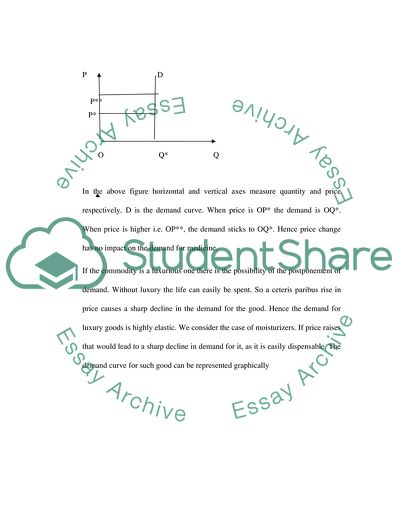Cite this document
(Price Elasticity in Economy Assignment Example | Topics and Well Written Essays - 1500 words, n.d.)
Price Elasticity in Economy Assignment Example | Topics and Well Written Essays - 1500 words. https://studentshare.org/macro-microeconomics/1714713-assesment-1
Price Elasticity in Economy Assignment Example | Topics and Well Written Essays - 1500 words. https://studentshare.org/macro-microeconomics/1714713-assesment-1
(Price Elasticity in Economy Assignment Example | Topics and Well Written Essays - 1500 Words)
Price Elasticity in Economy Assignment Example | Topics and Well Written Essays - 1500 Words. https://studentshare.org/macro-microeconomics/1714713-assesment-1.
Price Elasticity in Economy Assignment Example | Topics and Well Written Essays - 1500 Words. https://studentshare.org/macro-microeconomics/1714713-assesment-1.
“Price Elasticity in Economy Assignment Example | Topics and Well Written Essays - 1500 Words”. https://studentshare.org/macro-microeconomics/1714713-assesment-1.


